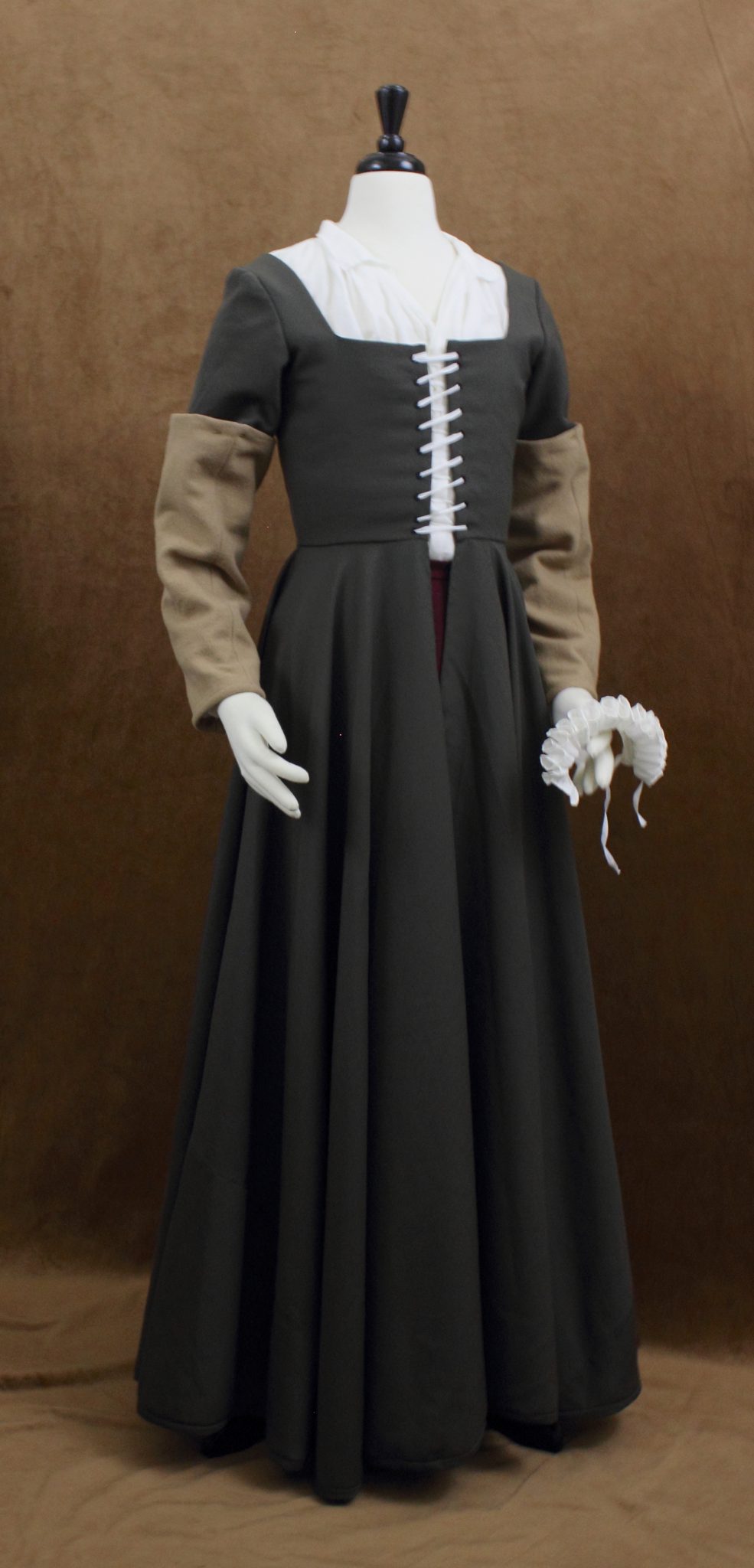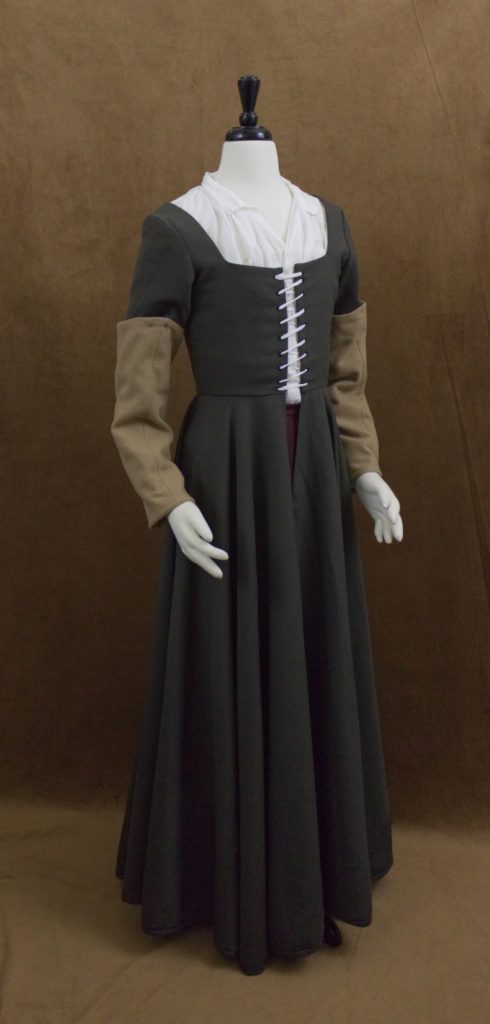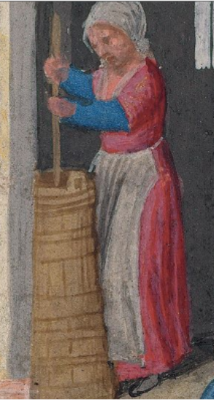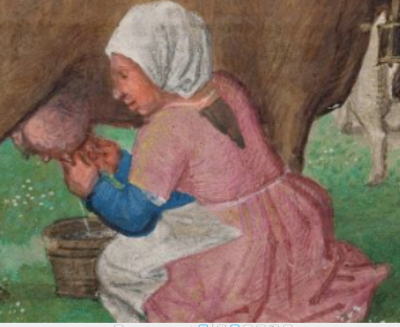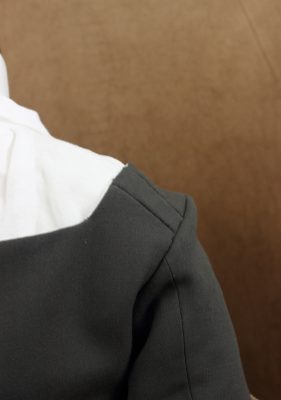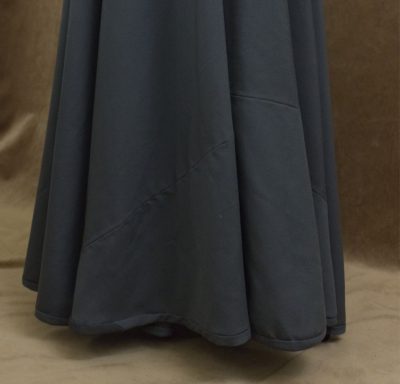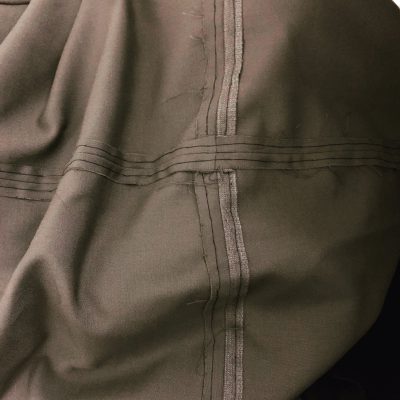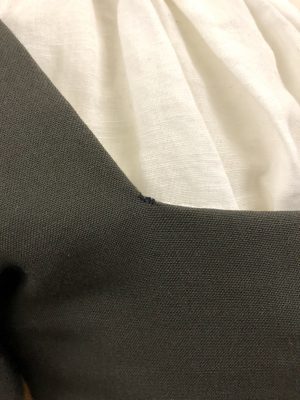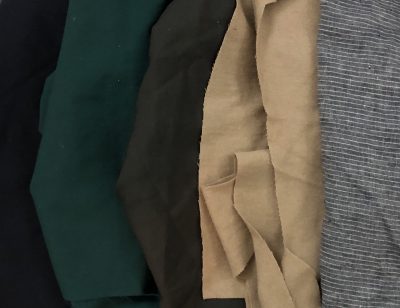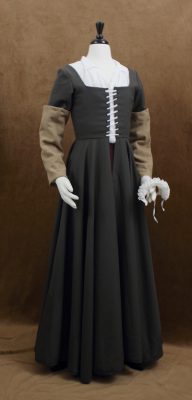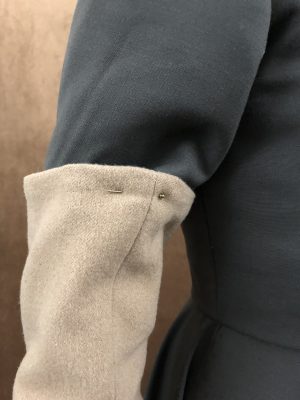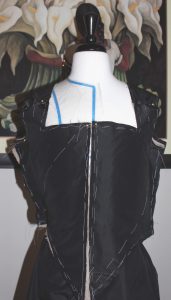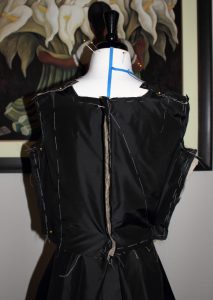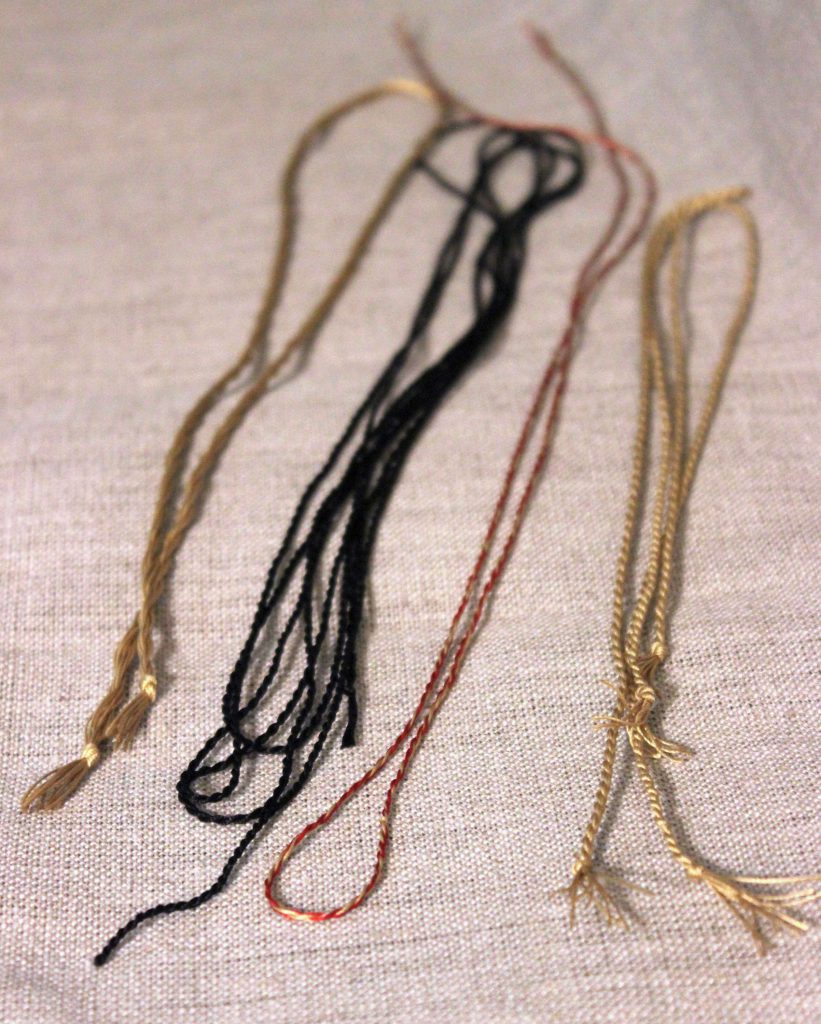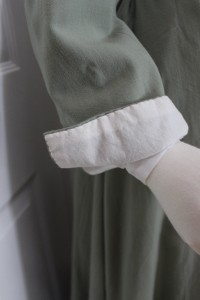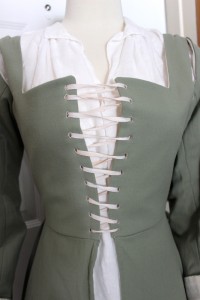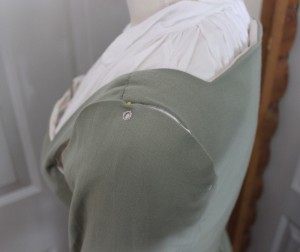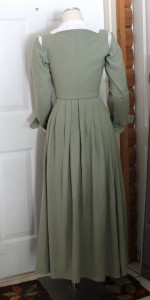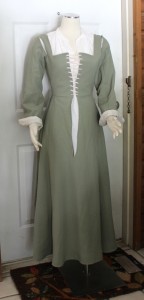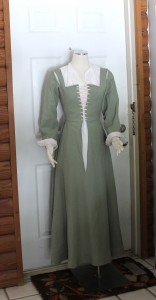Disclaimer: I was sent a free copy of these books for review purposes. However, all thoughts, opinions, and criticisms are my own.
The late 15th century is not my area of expertise even after making a few kirtles that I consider “in the style of”.
So when I was asked to review a new series of books
The Books
The two books in this series (one for men and one for women) are slim volumes each coming in at only 48 pages each, but the pages are well used.
The introduction explains the scope of the handbook, its focus on Scandinavian source material with some allowances being made for northern German influence.
This made me very happy. There is often a strong temptation to cherry pick from several different sources across an era due to lack of extant garments or access to new information.
The next few pages cover the historical context of the period which I will be reading more up on just from the short introduction. I had not run across the Kalmar Union before this and lost a few hours reading various Wikipedia articles.
There is a nice collection of images giving an overview of the general aesthetic of the era along with an explanation of the fashionable silhouette. The rest of this section also covers dyes, with a very nice natural dye color chart, fabrics, some hand sewing techniques, and where to use which type of stitch.
At this point the books diverge and we get into the contents of the wardrobe.
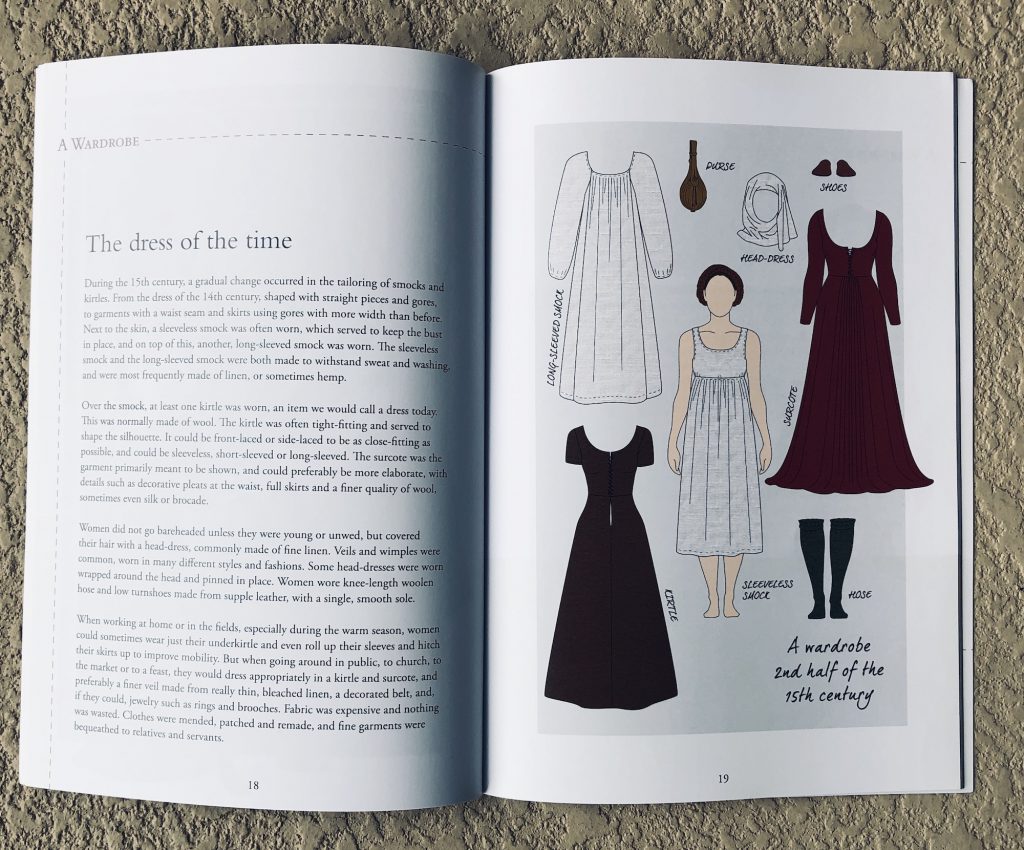
Women’s Clothing
This section covers smocks (including the sleeveless smock), kirtles, surcoats, hose, headdresses, shoes, hairstyles, and dress accessories.
Each layer of clothing is accompanied by clear illustrations and period images. The text addresses the fit, function and offers construction suggestions. There are also cropped images of the recreated clothing to highlight different details like lacing, sleeve gussets, and pinned on sleeves.
One thing that is missing are any full body photos of the recreated garment being worn. I think being able to see the way a recreated garment falls compared to the manuscript would be a useful visual aid for anyone setting out to make a kirtle or gown.
There are no patterns in the book, only shaded diagrams to suggest the shape of the pattern pieces. This would be enough of a guide for someone already skilled in draping or flat patterning use as a base.
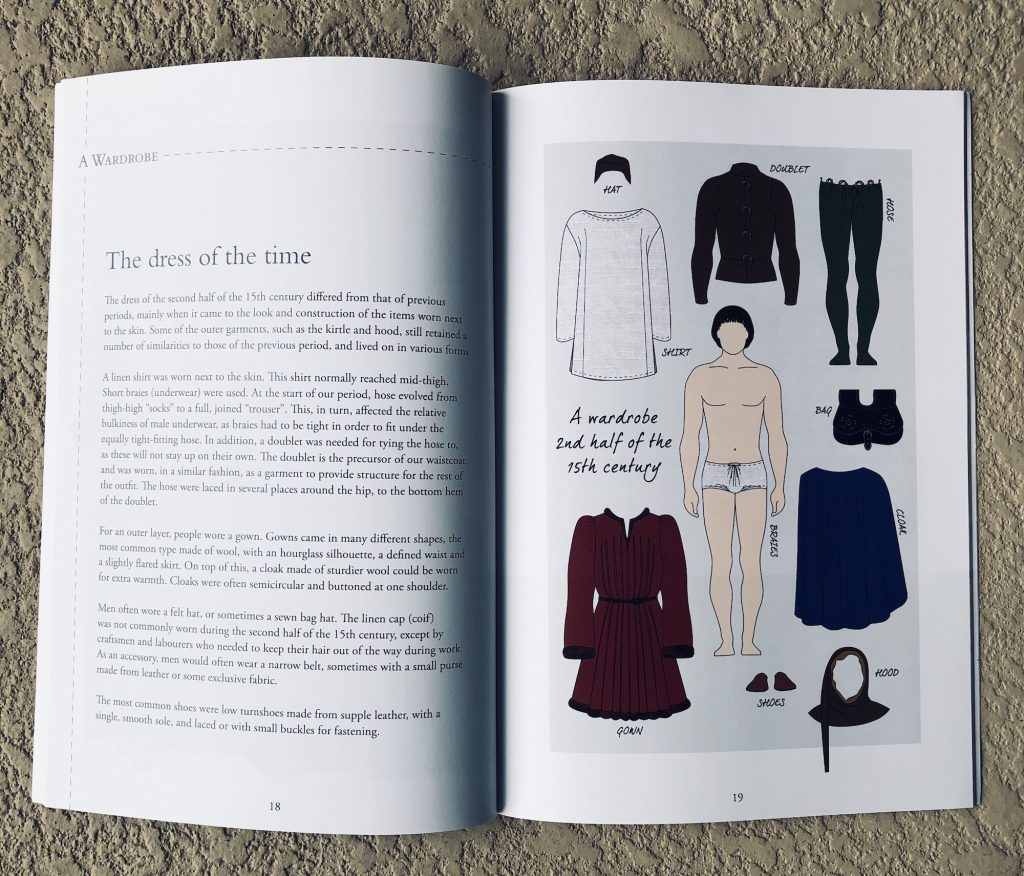
Men’s Clothing
The wardrobe in the men’s book starts out braies, noting that the fit of them plays an important role in the fit of the hose. From there we are on to shirts and doublet and hose. Men’s gowns shows the largest section of styles showing a few different necklines and pleating option depending on your materials and station.
Looking at the lush pleats I can’t help but wonder if this is the 15th century equivalent of throwing on a stylish coat that pulls your look together.
From
What I’d like to see more of
I’d like to see the hand sewing section expanded on just all little, the basic stitches are shown but there is no mention of how to sew eyelets or lacing rings.
While I approve of the tight scope of the book I think it could be expanded upon. If I was an absolute novice to historical dress this book would be useful, but I’d have no context for the styles. Why did men wear tight hose and doublet and then cover it up with large flowing gowns? What did they wear before that came into fashion?
I’d love to see more photographs of the recreated garments being worn, used, and how the wearers feel about them. Do pin on sleeves stay in place when cooking over a fire? Does wearing a veil change the way you walk? Does it make someone feel closed in?
The index includes a number of books and websites for further study but I do not see any mention of wills or inventories. I do not know if the habit of passing down clothing was being done yet as it was in the 16th century.
Are these Books for You?
I would recommend these books if you are a reenactor who is changing eras and needs a solid quick overview of the late 15th century. These books would also be useful to writers of historical fiction, filmmakers and others in creative fields that overlap with fashion history.
From a sewing perspective I would recommend these to a beginner only if they had a friend or mentor who knows how to pattern or drape. The handbooks are just that, handbooks of the era and do not go stitch by stitch into recreating the garments. Anyone looking to use these books to recreate a full wardrobe needs to have a solid understanding of how wools and linens behave, how to pattern them, and fit them to shape the body.
Where to Buy
On Amazon:
Historical Clothing From the Inside Out: Men’s Clothing of the Late 15th Century by Anna Malmborg (Author), Willhelm Schütz (Author)
Historical Clothing From the Inside Out: Women’s Clothing of the Late 15th Century by Anna Malmborg (Author), Wilhelm Schütz (Author)
Through the publisher Chronocopia Publishing

